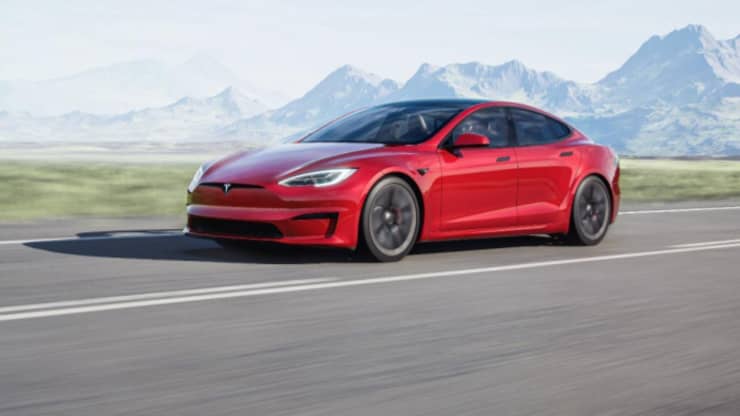It was previously reported that Tesla’s Model 3 and Model Y will be equipped with
MCU3 with AMD Ryzen’s infotainment system in the future, the same AMD solution will be phased in to fully replace the Intel Atom A3950 processor (quad-core/1.6GHz) used in the past, the same as the 2021 Model S and Model X.
At last year’s Computex event, AMD CEO Dr. Lisa Su confirmed that Tesla’s new car will use AMD’s custom products. Elon Musk then held a delivery ceremony for the new electric car at the California factory, showing the first model to use the new in-vehicle infotainment system. It is equipped with AMD’s APU, which is a custom Ryzen V180F embedded chip, based on Zen+ architecture, 4 cores and 8 threads, 2MB of L2 cache, and 4MB of L3 cache. The matching Navi 23 core is likely to be equipped with 28 CUs, with 1792 stream processors, with a frequency of around 2.8 GHz.
According to
Wccftech, a report from consulting services firm Teslascope found that Tesla’s Model 3 has experienced a drop in battery life after switching to an AMD solution, with an average drop of 2.4%. Recently, buyers in Australia received a reminder from Tesla after booking the model, Tesla’s message reads as follows:
We have updated Model 3 vehicles to optimise the touch screen experience with our new car computer. This hardware change requires more power, resulting in a minor drop in range. Your Model 3 range is now 602 kilometers (WLTP), 22 kilometers less than originally communicated.
While Tesla didn’t directly mention AMD, based on what was prompted, this should have something to do with the new system. Tesla sent the message to customers who pre-ordered in Australia, but not customers around the world, because of stricter consumer protection laws in Australia that require customers to agree to a reduced range before deliveries can continue.






